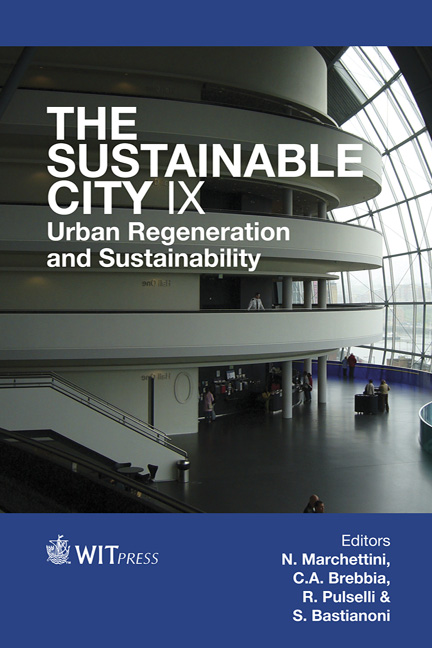Inverse Modelling To Improve Particulate Matter Emission In East Asia: Focusing On Korea
Price
Free (open access)
Transaction
Volume
191
Pages
9
Page Range
1535 - 1543
Published
2014
Size
608 kb
Paper DOI
10.2495/SC141302
Copyright
WIT Press
Author(s)
Y. S. Koo, D. R. Choi, H. Y. Kwon, J. S. Han
Abstract
The aerosol transports from China and Mongolia along the Northwestern wind has a great influence on the air quality in Korea and the assessment of the emission in the East Asia region is an important factor in air quality modelling in Korea. The inverse Bayesian approach with CAMx forward model was applied to obtain optimized a posteriori PM10 emissions over East Asia. The predicted PM10 concentrations with a priori emission were compared with observations at monitoring sites in China and Korea for January and August 2008. The comparison showed that PM10 concentrations with a priori emissions were generally under-predicted. The result from the inverse modelling also indicated that anthropogenic PM10 emissions in the industrialized and urbanized areas in China were under-estimated in particular. The predictions of PM10 with a posteriori emission showed better agreement with the observations, implying that the inverse modelling minimized the discrepancies in the model estimation by improving PM10 emissions in East Asia.
Keywords
inverse model, forward model, PM10, emission, observation, chemical transport model, CAMx, WRF, East Asia, Korea





